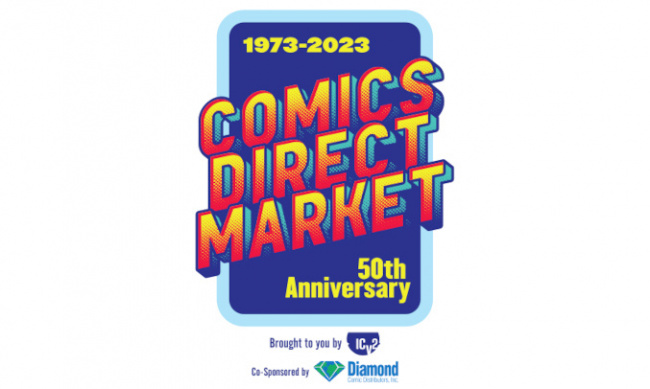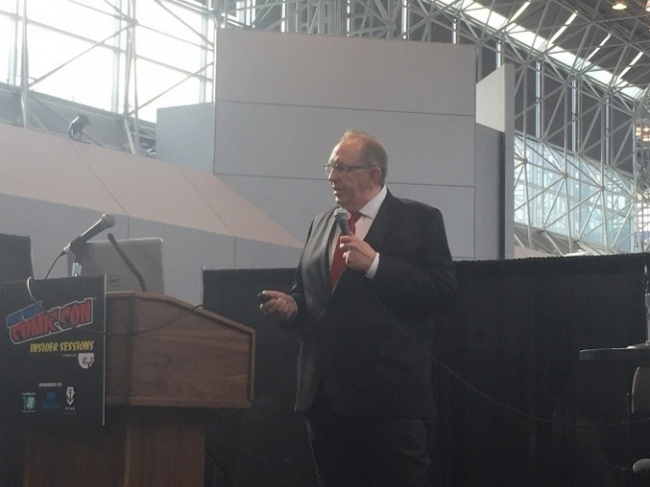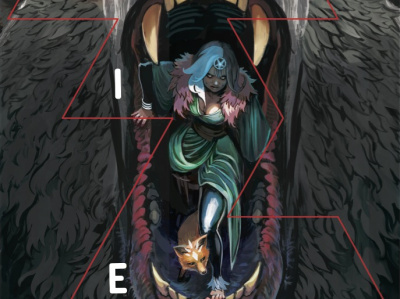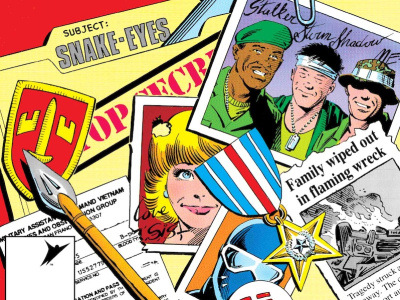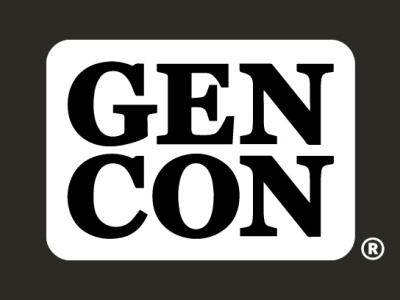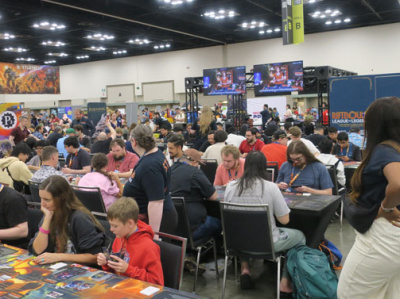It was great to get to work with a whole range of new writers and reporters, including Dan Gearino, whose book The Comic Shop is still the best history of the phenomenon; Heidi MacDonald, whose conversation with Maggie Thompson brought together two comics journalists of different periods; and Bob Wayne, who interviewed another giant of the Direct Market, Nick Landau; along with, of course, our regular team, led by Contributing Editor Brigid Alverson, columnist Rob Salkowitz, and writer extraordinaire (and a man with his own role in the Direct Market history) Jim McLauchlin, whose article on "The Direct Market Juggernaut You Never Knew" was the most-read article in the series.
A few takeaways:
There were so many turning points where things could have turned out differently. One was pointed out to me by our Contributing Editor Brigid Alverson, who bristled when she heard longtime DC executive Paul Levitz describe how the decision had been made to abandon comics for girls and pursue the young male market almost exclusively in the early days of the Direct Market (see “ICv2 Insider Talks: Paul Levitz and Jim Shooter”). It took the popularity of manga, a couple of decades later, to eventually demonstrate that comics (at least in book format) would sell to both male and female readers at scale and lead to an explosion of graphic novels for girls.
In another turning point, Chuck Rozanski argued that DC’s decision to implement a sliding discount scale for distributors helped lead to greater consolidation, which eventually produced the single-distributor system that lasted for 25 years (see “ICv2 Interview: Chuck Rozanski, Part 2”). While there were a lot of factors that led in that direction, I agree that the consolidation (of which Capital City Distribution was a part), reduced vitality in the business generally.
And, of course, the ultimate turning point at the origin, when a New York schoolteacher and his partner had the audacity to ask comic publishers if they could buy comics non-returnable to sell to comic stores.
Another eye-opener was Rob Salkowitz’s column on 1986 (“A High Water Mark for the Direct Market Era”), which was one of those rare times when talent meets opportunity in a transcendent way and the result is an incredible array of artistic achievements. He notes how the people leading the charge were young and ambitious, and unbound by the conventions of the past.
Which brings me to the big question of the day, what does the future of the Direct Market look like? It feels like we’re at a time when we need a new cadre of leadership to take the reins as the institutions of the old crumble or transform. In my interview with Dan Gearino, I explained why I don’t think leadership is going to come from the distribution tier this time (see “ICv2 Interview: Milton Griepp, Part 3”).
On the other hand, there is definitely innovation happening at the creator end of the supply chain, at least outside of the Big Two, with creators getting equity stakes in new ventures such as DSTLRY and Ghost Machine, and reaching readers using an ever-expanding range of options, from crowdfunding to Substack to webtoons. There’s also innovation at the publishing level, especially among publishers trying to bridge digital and print, such as Webtoon and DSTLRY.
Retail has been punished by the increased complexity brought by distribution changes in recent years, and it feels like it’s been a struggle just to adapt to the new reality. But at the same time, Direct Market retailers had to adapt quickly to a world in which e-commerce had to be a bigger portion of their sales, and did so in ways that allowed them to survive the pandemic. The strength of the Direct Market has always come from the striving of thousands of entrepreneurs, all doing everything they can to survive and thrive, and I’m confident that solutions will be found, and retailers will continue to move forward. As a result, I believe that the comic store has a long-term future, especially as a place where comics, graphic novels, manga, and other geek culture categories come together.
The best part of comic stores has always been as a place where creativity can find an audience, where a new creator can inspire a passionate fandom. Whatever the path for the Direct Market over the next 50 years, I hope that the comic store can continue to play that role, and nurture the development of the next generation of talent creating great comics. Take a look at the lessons of the past (see “Direct Market 50th Anniversary”), and let's pull together to build a great future. On New Year's Eve, here's to another 50 years.



